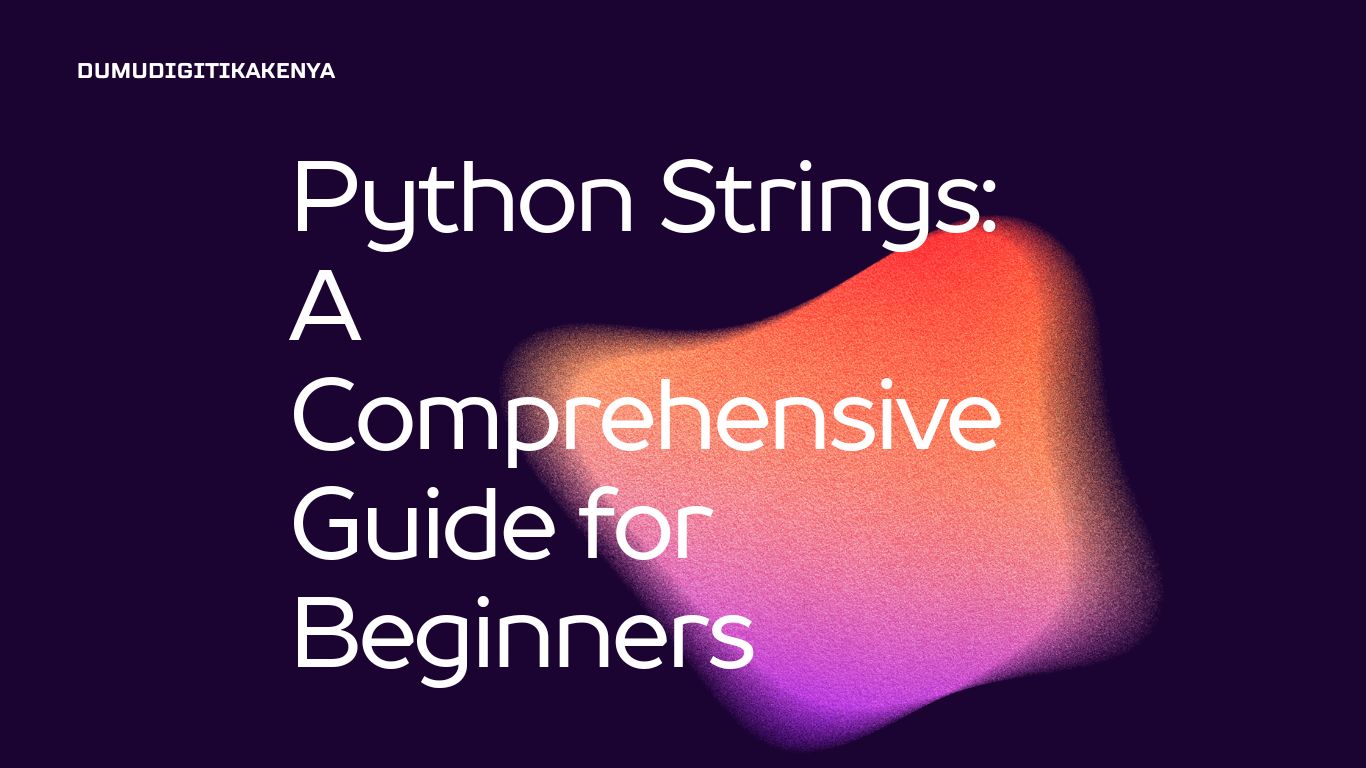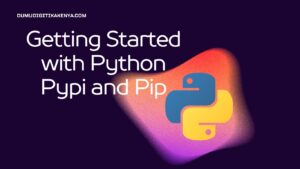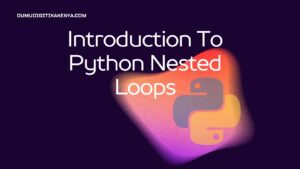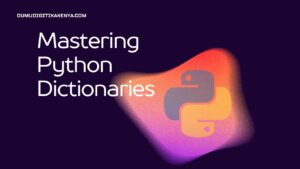Welcome to our comprehensive guide on Python Strings, a fundamental aspect of Python programming that every aspiring coder must grasp. In the vast realm of Python, strings are the building blocks for working with textual data. In this article, we’ll delve deep into Python Strings, covering everything from their creation and manipulation to various operations and advanced techniques. By the end of this tutorial, you’ll have a firm understanding of how to harness the power of Python Strings, making you a more proficient programmer.
Strings in Python are not just sequences of characters; they’re versatile data structures that play a pivotal role in handling and processing text-based information. Whether you’re developing web applications, data analysis scripts, or even delving into machine learning, a solid grasp of Python Strings is indispensable. Throughout this guide, we’ll explore Python’s string handling capabilities, providing you with a step-by-step journey into the world of text manipulation. From creating and declaring strings to advanced formatting and escape characters, this article is your gateway to mastering Python Strings.
So, if you’re ready to embark on this enlightening journey into the heart of Python programming, fasten your seatbelt and let’s dive into the incredible world of Python Strings. Whether you’re a beginner or looking to refine your skills, this guide will equip you with the knowledge and expertise needed to wield Python Strings with confidence, ensuring your success in the fascinating realm of Python development.
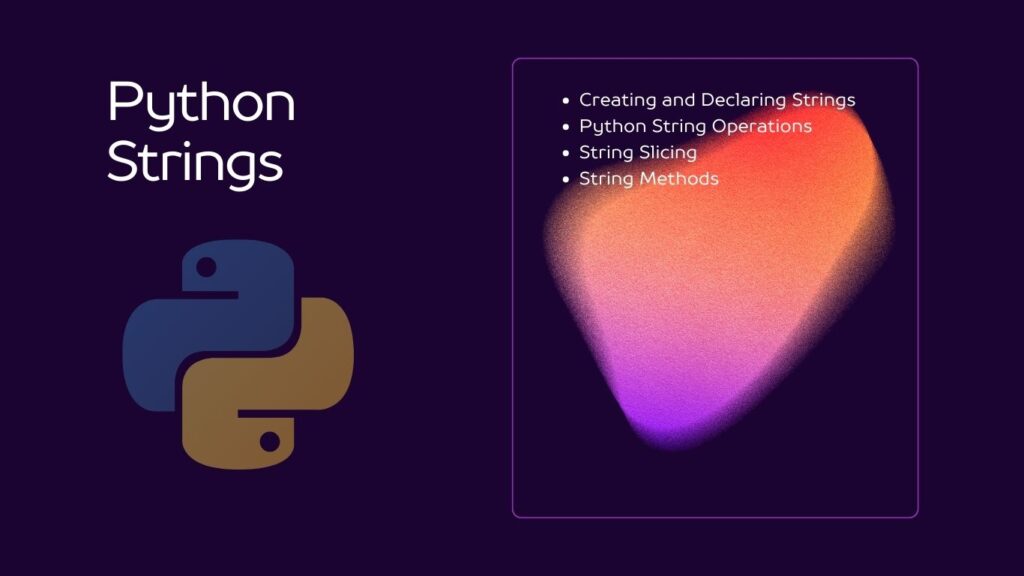
Table of Contents
Creating and Declaring Python Strings
You can create strings in Python using various methods:
# Single quotes
single_quoted = 'Hello, Python!'
# Double quotes
double_quoted = "Hello, Python!"
# Triple quotes for multiline strings
multiline = '''This is a
multiline string'''
# Escape characters within strings
escaped = "This is an example of a \"quote\" inside a string."

Python String Operations
Python allows you to perform various operations on strings:
# String concatenation
str1 = "Hello"
str2 = "World"
result = str1 + " " + str2 # Concatenation using the + operator
print(result) # Output: Hello World
# String repetition
repeated = "Python " * 3
print(repeated) # Output: Python Python Python
# String length
length = len("Python")
print(length) # Output: 6
# String membership
contains = "py" in "Python"
print(contains) # Output: False
String Slicing
String slicing allows you to extract specific parts of a string using indices:
text = "Python Programming"
# Slicing from index 0 to 5 (exclusive)
substring = text[0:5]
print(substring) # Output: "Pytho"
# Slicing with negative indices (counting from the end)
last_three = text[-3:]
print(last_three) # Output: "ing"
Python String Methods
Python provides a plethora of built-in methods for string manipulation:
text = "Python Programming"
# Changing case
lowercase = text.lower()
print(lowercase) # Output: "python programming"
# Finding substrings
position = text.find("Prog")
print(position) # Output: 7
# Replacing substrings
new_text = text.replace("Python", "Java")
print(new_text) # Output: "Java Programming"
Conclusion
In conclusion, our deep dive into Python Strings has provided you with a solid foundation in one of Python’s most essential data types. Python Strings are like the alphabet of the Python language, forming the basis for handling textual information efficiently. From the basics of string creation and manipulation to advanced techniques like formatting and escape characters, this comprehensive guide has equipped you with the tools needed to excel in Python programming.
Python Strings are not just about characters; they’re about enabling you to craft powerful and versatile applications. As you continue your Python journey, remember that strings are your trusty companions in handling and processing textual data. With the knowledge gained from this tutorial, you’re now well-prepared to take on more complex projects, whether you’re building web applications, conducting data analysis, or exploring the fascinating world of machine learning. Harness the power of Python Strings, and let them be your creative canvas in the world of programming.

